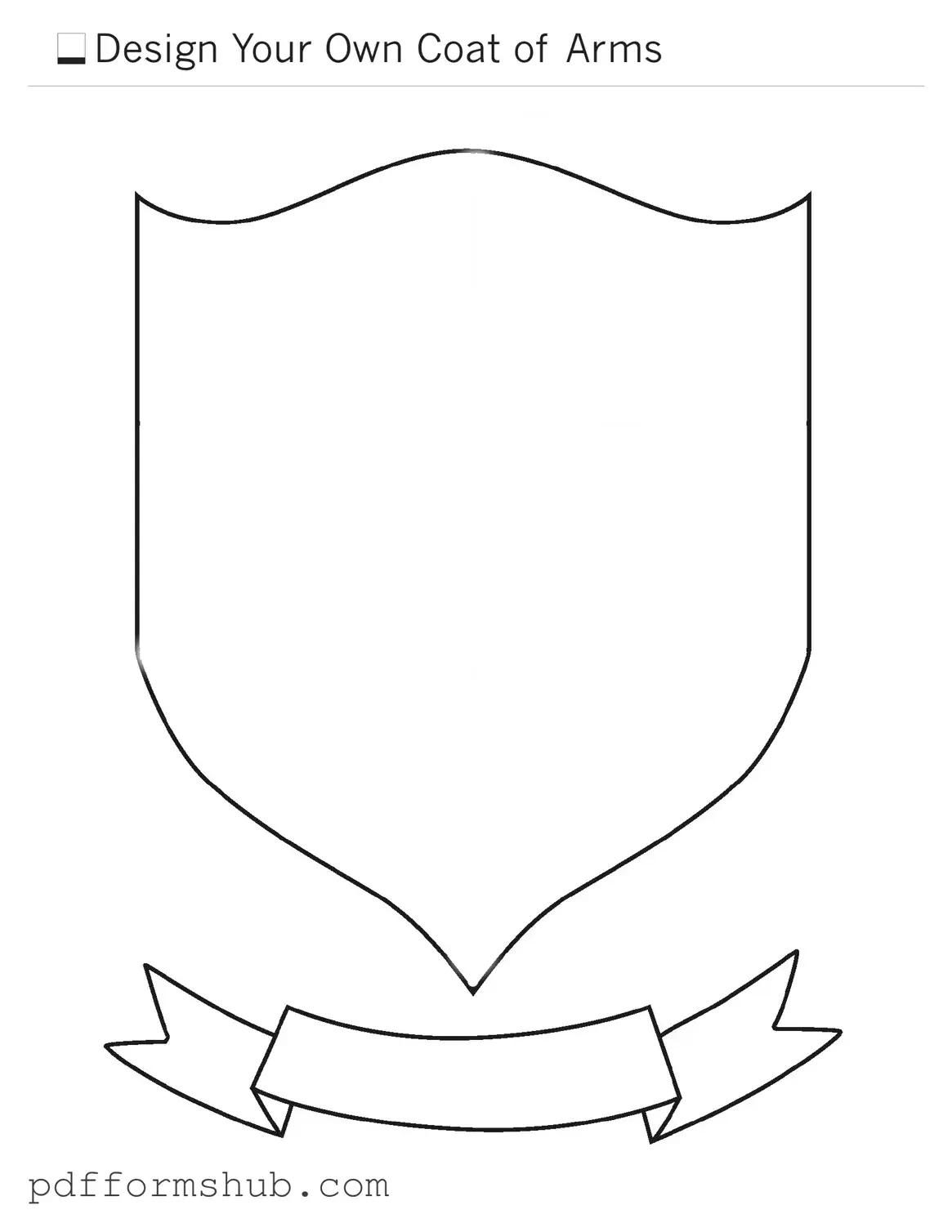-
What is the Coat of Arms form?
The Coat of Arms form is a document used to request the creation or registration of a personal or family coat of arms. This form typically includes details about the individual or family seeking the coat of arms, such as their name, lineage, and any specific symbols or colors they wish to incorporate.
-
Who can apply for a Coat of Arms?
Generally, anyone can apply for a coat of arms, but it is often reserved for individuals or families with a historical or noble background. Some organizations may have specific requirements regarding eligibility, so it is important to check the guidelines of the heraldic authority you are applying to.
-
What information is required to complete the form?
The form typically requires personal information such as your full name, address, and contact details. Additionally, you may need to provide information about your family history, including names of ancestors and any existing coats of arms. Specific symbols, colors, and designs you wish to include may also be requested.
-
Is there a fee associated with the Coat of Arms form?
Yes, there is usually a fee for processing the Coat of Arms application. The amount can vary depending on the heraldic authority and the complexity of your request. It is advisable to check the specific fees on the official website or contact the authority directly for accurate information.
-
How long does it take to receive a Coat of Arms?
The processing time for a Coat of Arms application can vary widely. It may take several weeks to several months, depending on the volume of applications received and the complexity of your request. After submitting your form, you will typically receive a confirmation of receipt and an estimated timeline for processing.
-
Can I design my own Coat of Arms?
Yes, you can propose your own design for a Coat of Arms. However, it must adhere to the rules and guidelines set by the heraldic authority. Many people choose to work with a heraldic artist to ensure that their design is appropriate and follows traditional heraldic principles.
-
What happens if my application is denied?
If your application for a Coat of Arms is denied, you will typically receive a letter explaining the reasons for the denial. You may have the opportunity to appeal the decision or to modify your application and resubmit it. It is important to carefully review the feedback provided to improve your chances of approval.
-
Can I transfer my Coat of Arms to my children?
Yes, in many cases, a Coat of Arms can be passed down to children or other family members. However, the specifics of the transfer may depend on the heraldic authority's regulations. It is advisable to check the rules regarding inheritance and registration of coats of arms to ensure compliance.
-
What is the significance of a Coat of Arms?
A Coat of Arms serves as a symbol of identity and heritage. It often represents a family's history, values, and achievements. Coats of arms are used in various contexts, including on family crests, official documents, and ceremonial items. They can also foster a sense of pride and connection to one's lineage.
-
Where can I find the Coat of Arms form?
The Coat of Arms form can usually be found on the official website of the heraldic authority you wish to apply to. It is important to ensure you are using the correct and most current version of the form. Additionally, you may contact the authority directly for assistance in obtaining the form.
